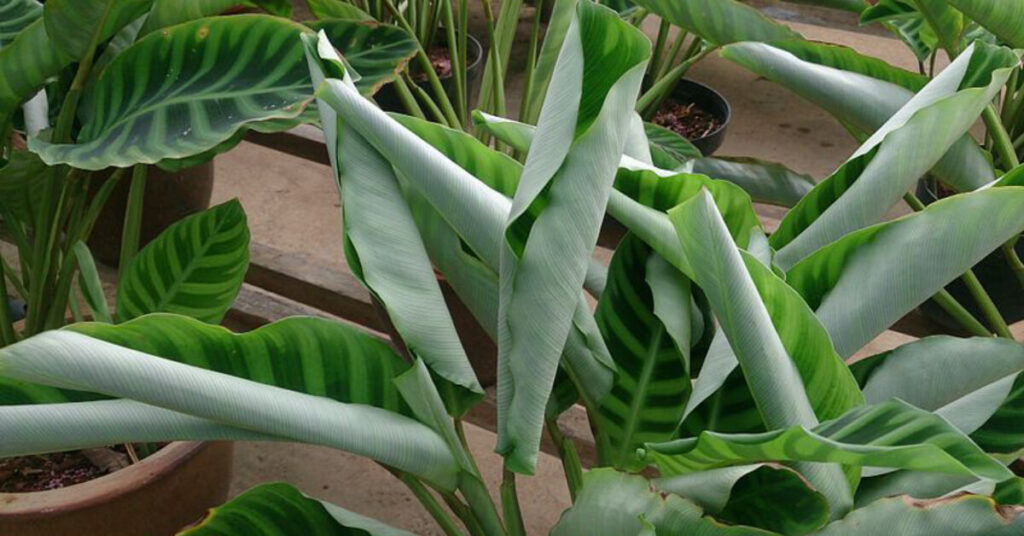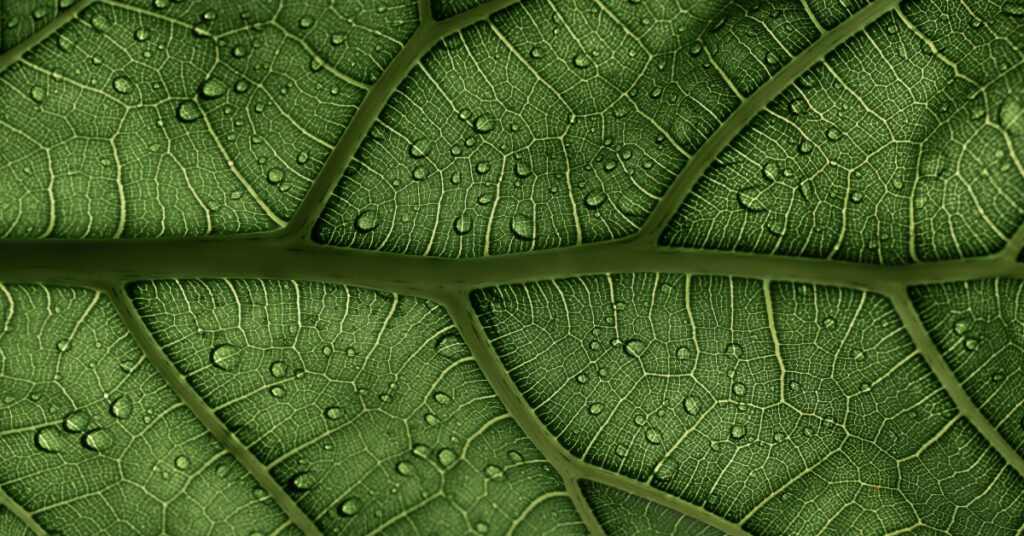Summer’s arrival brings longer days and abundant sunlight that many plants crave, yet it also introduces thermal challenges that can overwhelm even the most resilient houseplants. Indoor environments during hot months create unique stresses that differ significantly from outdoor growing conditions, requiring thoughtful adjustments to maintain plant health and vitality.
The combination of intense sunlight, elevated temperatures, and artificial cooling systems creates a complex environment where traditional care routines may no longer serve plant needs effectively. Understanding how heat affects indoor plants and implementing protective strategies ensures that summer becomes a season of growth rather than survival.
Understanding Heat Stress in Indoor Plants
Physiological Impact of High Temperatures
When temperatures rise beyond a plant’s optimal range, cellular processes begin to break down in predictable ways. Photosynthesis becomes less efficient as enzymes responsible for carbon fixation begin to denature. Simultaneously, respiration rates increase dramatically, causing plants to consume stored energy faster than they can produce it through photosynthesis.
This imbalance manifests visibly through wilting, even when soil moisture remains adequate. The plant’s water transport system struggles to keep pace with increased transpiration demands, leading to temporary water stress that can become permanent if conditions persist.
Heat-Related Cellular Damage
Prolonged exposure to excessive heat damages plant cell membranes, reducing their ability to regulate water and nutrient transport. Protein structures within cells begin to unfold and lose functionality, while chlorophyll molecules break down faster than the plant can replace them, resulting in yellowing or bleaching of foliage.
Root systems, often overlooked during heat management, suffer significantly when growing medium temperatures exceed 80°F (27°C). Root hairs, the fine structures responsible for water and nutrient absorption, become damaged or cease functioning altogether, creating systemic stress throughout the plant.
What Your Indoor Plant Is Trying to Tell You? Learn how to read the signs!
Indoor Heat Sources and Challenges
Direct Sunlight Intensification
Glass windows act as magnifying lenses, concentrating solar energy and creating localized hot spots that can exceed outdoor temperatures by 15-20°F (8-11°C). South and west-facing windows become particularly problematic during afternoon hours when solar angles create maximum heat penetration.
The greenhouse effect within homes means that radiant heat continues building throughout the day, often reaching peak intensity several hours after outdoor temperatures have begun declining. This prolonged exposure can stress plants that would easily tolerate similar temperatures outdoors with natural air circulation.
Air Conditioning Complications
While air conditioning provides relief from ambient heat, it creates new challenges for plant care. Cold air drafts can shock plants adapted to warm conditions, while the dehumidifying effect of AC systems dramatically reduces ambient moisture levels that many plants require.
The cycling nature of air conditioning systems creates temperature fluctuations that stress plants adapted to stable conditions. Plants positioned near AC vents experience particularly dramatic swings between cool, dry air and warm, humid conditions.

Strategic Plant Positioning
Creating Heat-Safe Zones
Identify cooler areas within the home that receive bright, indirect light without intense heat buildup. North-facing windows, rooms with effective ventilation, and spaces shielded from afternoon sun provide safer environments during peak summer months.
Consider the thermal mass of different areas—rooms with concrete floors or stone features tend to moderate temperature swings, while upper floors and rooms with large windows experience more dramatic heat fluctuations.
Distance Management from Windows
Moving plants 3-6 feet back from south and west-facing windows can reduce heat exposure while maintaining adequate light levels. This positioning allows plants to benefit from bright light without experiencing the intense radiant heat that occurs directly against glass surfaces.
Use light meters or smartphone apps to ensure that repositioned plants still receive adequate illumination for their species requirements. Many plants adapt well to slightly lower light levels when heat stress is reduced.
Vertical Heat Considerations
Heat rises, making upper shelves and tall plant stands significantly warmer than floor-level positions. During summer months, consider relocating plants from high positions to lower areas where temperatures remain more moderate.
Ceiling fans can help moderate this effect by improving air circulation, but avoid positioning plants directly beneath fans where constant air movement might cause excessive moisture loss.
Sunlight Management Techniques
Protective Filtering Methods
Sheer curtains, light-filtering blinds, or specialized window films can reduce heat buildup while maintaining adequate light levels for plant growth. These barriers should filter intensity without completely blocking beneficial wavelengths that plants require for photosynthesis.
UV-filtering window films provide excellent heat reduction while preserving photosynthetically active radiation (PAR) that plants need. These films can reduce heat transmission by 30-50% while maintaining clear visibility and natural light quality.
Temporary Shading Solutions
During extreme heat events, temporary shading using light fabric, paper screens, or adjustable blinds provides immediate relief. These solutions can be implemented quickly and removed as conditions improve, offering flexible heat management.
External shading, such as awnings or exterior screens, proves more effective than internal solutions by preventing heat from entering the space initially. However, internal solutions remain valuable when external modifications aren’t possible.
Reflective Techniques
Light-colored surfaces near windows help reflect rather than absorb radiant energy, reducing overall heat buildup in plant areas. White or metallic surfaces positioned strategically can redirect intense light while maintaining illumination for plant growth.
Mirrors used carefully can redirect harsh afternoon sun away from sensitive plants while providing beneficial morning or evening light to other areas of the plant collection.
Water Management in Hot Conditions
Increased Watering Frequency
Summer heat accelerates water loss through both soil evaporation and plant transpiration, requiring more frequent watering than cooler seasons. However, simply increasing frequency without adjusting technique can lead to problems such as root rot or nutrient leaching.
Monitor soil moisture levels daily during heat waves, checking deeper than surface indicators might suggest. Many plants require water when the top inch of soil feels dry during summer, compared to deeper drying during cooler months.
Optimal Watering Timing
Early morning watering provides plants with moisture reserves before peak heat arrives while allowing excess water to evaporate before evening. This timing reduces the risk of fungal problems while ensuring adequate hydration during stress periods.
Avoid watering during peak afternoon heat, as cold water can shock overheated root systems and rapid evaporation wastes water while providing minimal benefit to the plant. Evening watering, while providing immediate relief, can create conditions favorable to fungal growth.
Deep Watering Techniques
Focus on thorough, less frequent watering rather than light, daily applications. Deep watering encourages root growth deeper into the growing medium where temperatures remain more stable and moisture persists longer.
Use techniques such as bottom watering or slow, steady surface application to ensure water penetrates throughout the root zone rather than running off the surface or through drainage holes without proper absorption.
Humidity Management Strategies
Combating Air Conditioning Dryness
Air conditioning systems remove moisture from indoor air, often reducing humidity to levels well below what most houseplants prefer. Humidity levels below 30% stress most tropical plants, while levels above 50% support healthy growth and resilience.
Group plants together to create localized humidity through collective transpiration. This microclimate effect can raise relative humidity by 10-15% in the immediate area around plant groupings.
Effective Humidification Methods
Pebble trays filled with water provide localized humidity increases without creating excessive moisture around plant bases. Ensure that pot bottoms don’t sit directly in water, which can lead to root problems despite the humidity benefits.
Humidifiers offer precise control over moisture levels but require careful positioning to avoid creating excessively humid zones that might encourage fungal growth. Room-sized units often work better than small, localized models for maintaining consistent humidity.
Natural Humidity Enhancement
Strategic placement of water features, such as small fountains or open containers, increases ambient humidity through natural evaporation. These features provide humidity benefits while adding aesthetic appeal to plant displays.
Bathroom and kitchen areas often maintain higher natural humidity levels, making them suitable temporary locations for humidity-loving plants during particularly dry summer periods.

Air Circulation Optimization
Fan Placement and Speed
Gentle air movement helps plants manage heat stress by improving transpiration efficiency and preventing stagnant air conditions that encourage pest and disease problems. Position fans to create light air movement rather than direct, strong currents that might damage delicate foliage.
Oscillating fans provide more natural air movement patterns than stationary units, preventing excessive drying of plants positioned directly in airflow paths while ensuring circulation throughout the growing area.
Natural Ventilation Enhancement
Open windows during cooler morning and evening hours to provide natural air exchange and temperature moderation. This ventilation helps remove accumulated heat and brings in fresh air that benefits plant health.
Create cross-ventilation patterns by opening windows or doors on opposite sides of plant areas when outdoor temperatures allow. This natural air movement often proves more beneficial than mechanical circulation alone.
Emergency Heat Response Protocols
Rapid Cooling Techniques
During extreme heat events, emergency cooling measures can prevent permanent plant damage. These include moving plants to the coolest available areas, increasing humidity rapidly through misting or wet towel placement, and providing immediate shade from intense sun.
Ice packs wrapped in towels and placed near (but not touching) plant containers can provide temporary cooling for particularly vulnerable specimens. This technique should be used sparingly and only during true emergencies to avoid shocking plant systems.
Recovery Support Methods
Plants recovering from heat stress require gentle care that supports natural recovery processes without adding additional stress. Avoid fertilizing stressed plants, as they cannot effectively process nutrients while recovering from thermal damage.
Gradually return plants to normal positions and care routines as temperatures moderate. Rapid changes in environment can stress recovering plants almost as much as the original heat exposure.
Species-Specific Heat Tolerance
High Heat Tolerance Plants
Certain houseplants demonstrate remarkable heat tolerance and may actually thrive during summer months. Succulents, cacti, and plants native to arid regions often handle heat stress better than tropical species adapted to filtered light and consistent moisture.
Mediterranean herbs, certain palms, and plants with waxy or thick leaves typically show good heat resistance and may require minimal adjustments during summer months.
Heat-Sensitive Varieties
Cool-climate plants, ferns, and species requiring consistent moisture levels typically struggle most during hot periods. These plants may require the most significant care adjustments, including relocation to cooler areas or temporary reduction in light exposure.
Plants with large, thin leaves generally lose water quickly and suffer heat stress more readily than those with smaller, thicker foliage adapted to water conservation.
Long-Term Summer Adaptations
Seasonal Care Routine Adjustments
Develop summer-specific care routines that account for increased water needs, different light management requirements, and modified environmental conditions. These routines should be gradually implemented as temperatures rise and slowly reversed as autumn approaches.
Monitoring and Documentation
Keep records of which plants struggle with heat and which thrive, noting specific care adjustments that prove effective. This information becomes invaluable for improving heat management strategies in subsequent summers.
Document temperature patterns in different areas of the home to identify the most suitable locations for various plant species during hot weather. This data helps optimize plant placement for both summer stress management and year-round health.
Summer heat management for indoor plants requires a comprehensive approach that addresses multiple environmental factors simultaneously. Success comes from understanding each plant’s specific needs, implementing appropriate protective measures, and maintaining flexibility to adjust strategies as conditions change. With proper preparation and responsive care, summer becomes an opportunity for plant growth and vitality rather than a period of stress and survival.

